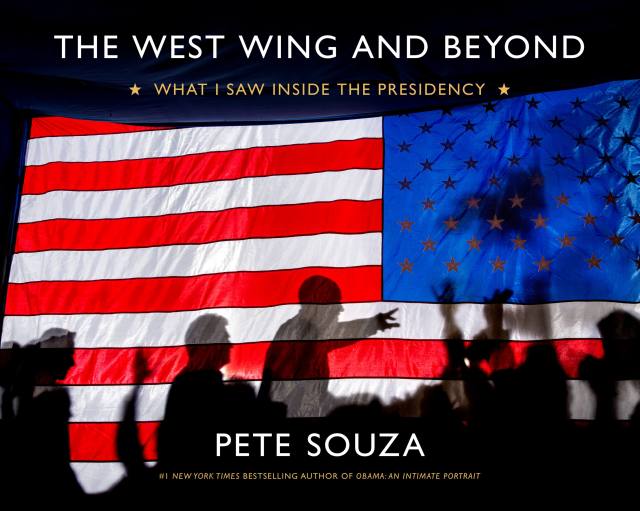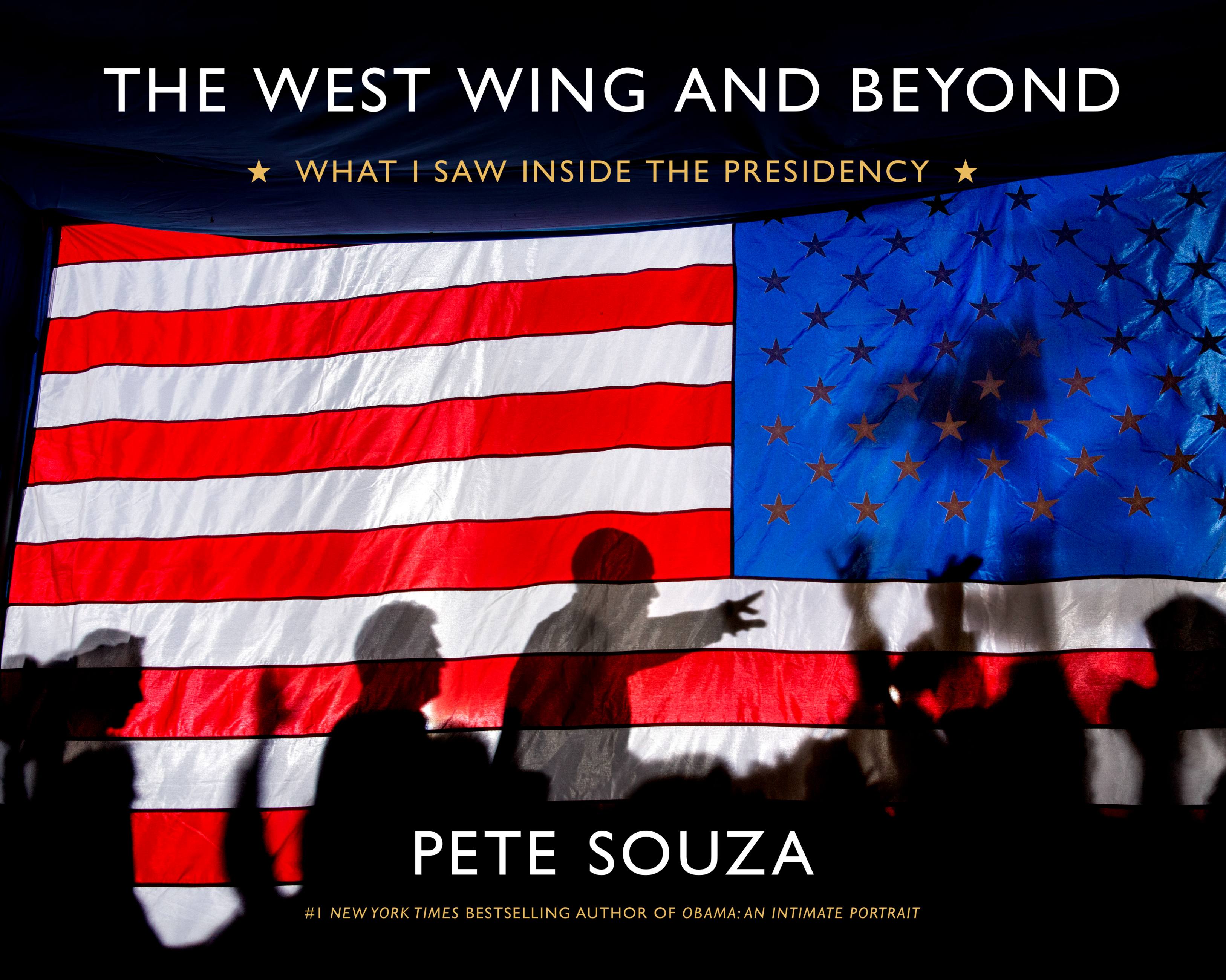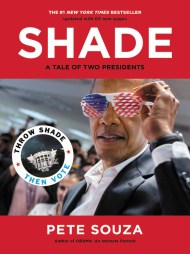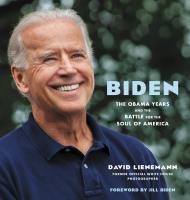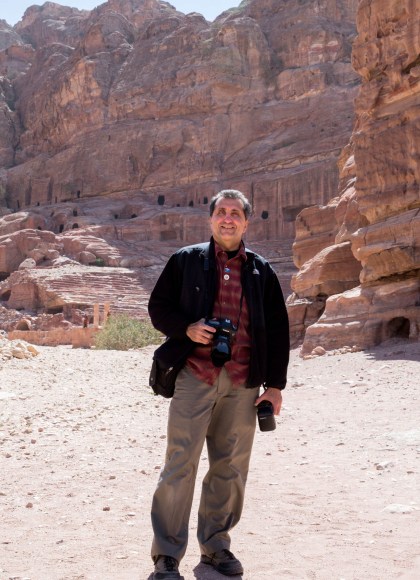Promotion
Use code MOM24 for 20% off site wide + free shipping over $45
The West Wing and Beyond
What I Saw Inside the Presidency
Contributors
By Pete Souza
Formats and Prices
Price
$50.00Price
$63.00 CADFormat
Format:
- Hardcover $50.00 $63.00 CAD
- ebook $23.99 $30.99 CAD
This item is a preorder. Your payment method will be charged immediately, and the product is expected to ship on or around September 27, 2022. This date is subject to change due to shipping delays beyond our control.
Also available from:
Go behind the scenes of the West Wing—into the Oval Office and Situation Room, aboard Air Force One, and beyond—with #1 bestselling author and former presidential photographer Pete Souza.
Pete Souza has spent more time in the Oval Office than almost any person in history. During the Obama administration alone, Souza was inside the presidential bubble for more than 25,000 hours and made nearly 2 million photographs. The result is an unprecedented view of how our democracy really works.
Now Souza invites you into the inner sanctum of the American presidency, sharing rarely seen photographs and untold stories of life and work in the White House and traveling with the President around the world.
The West Wing and Beyond takes you behind the scenes of consequential moments and traditions with the people who define our nation’s highest office—from the senior White House staff to the Oval Office valets. It delivers new insights into the role of the Secret Service, the seriousness of decisive meetings in the West Wing, and even some fun moments aboard Air Force One.
Brimming with gorgeous photographs paired with fascinating storytelling, The West Wing and Beyond offers a one-of-a-kind look into the personalities, intrigues, and fascinating details that comprise the modern presidency. It is an essential book for every citizen who believes in American democracy.
Genre:
-
"Throughout, the author uses his unprecedented access to create up-close and personal studies, informal moments dressed up in formal clothes, of the powerful people who populate the presidential bubble. Fascinating, in-depth portraits within the halls of power."Kirkus
-
"Souza's photos steal the show... This unique offering is bound to be popular."Booklist
-
"Remarkable"The New York Times
- On Sale
- Sep 27, 2022
- Page Count
- 256 pages
- Publisher
- Voracious
- ISBN-13
- 9780316383370
Newsletter Signup
By clicking ‘Sign Up,’ I acknowledge that I have read and agree to Hachette Book Group’s Privacy Policy and Terms of Use
